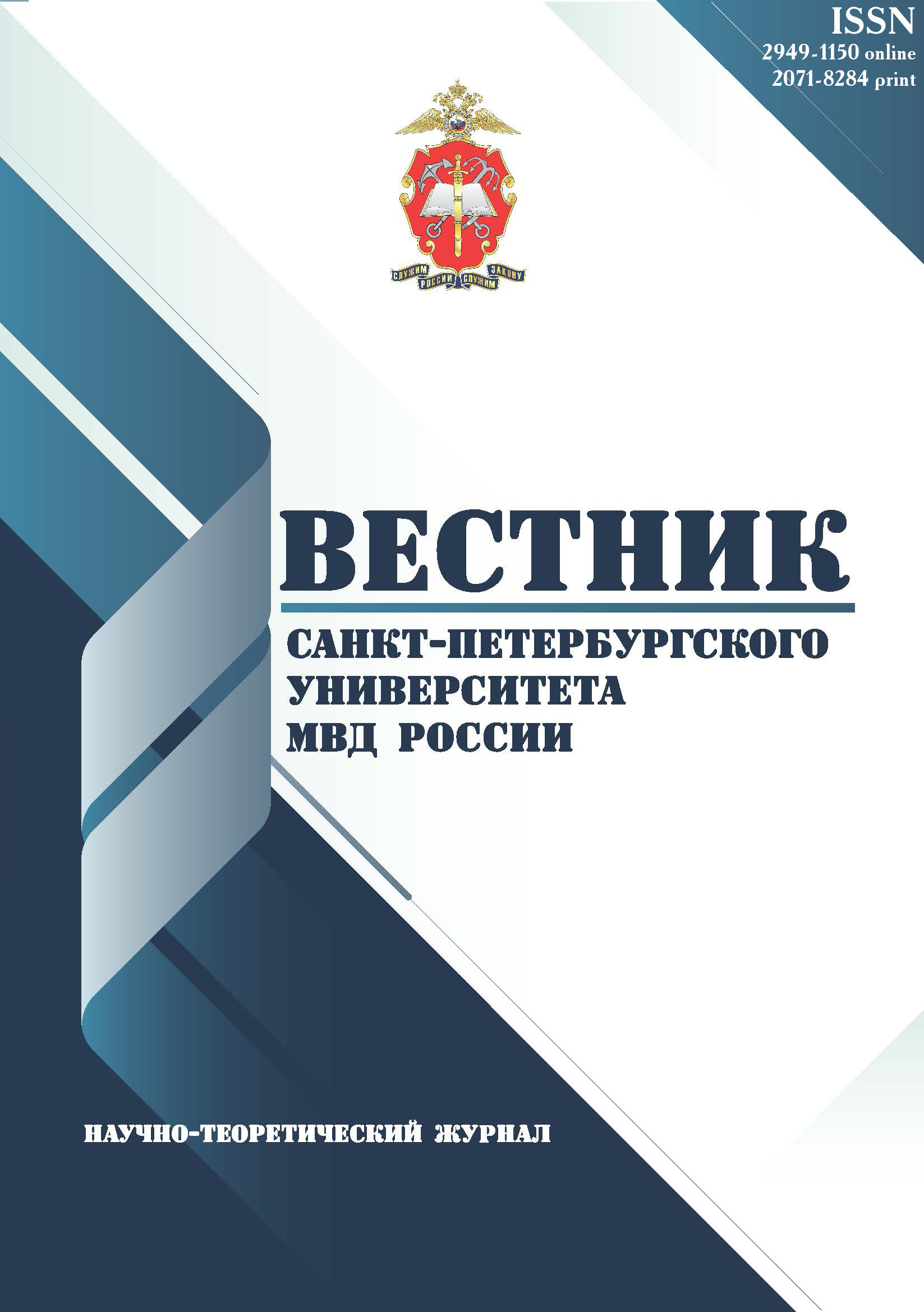Russian Federation
Russian Federation
UDC 343.3/.7
Introduction: The relevance of the issue is proved by the fact that cybercrimes, including Internet crimes against children, despite the constant growth in the number of registered crimes (in 2022 – more than 522 000, in 2021 – 320 000) have not yet received much attention by researchers and legislators in order to prevent and suppress them. The subject of the study is federal laws and other legal acts regulating social relations and establishing criminal responsibility for committing cybercrimes against minors. The purpose of this study is to analyse the problems concerning cybercrimes committed against minors. Methods: the methodological basis of this study was composed of the basic rules of the dialectical method of cognition, general scientific and private-scientific methods, such as comparative-legal, particularsociological, formal-logical, systemic and historical. Results: the study revealed the relevance of a systemic approach, starting with the legislative fixation of definitions relating to the elements of crimes, which can influence the identification, investigation and solution of cybercrimes against minors.
cybercrime, information technology, criminal responsibility, crimes, minors
1. Nomokonov V. A., Tropina T. L. Kiberprestupnost' kak novaya kriminal'naya ugroza // Kriminologiya: vchera, segodnya, zavtra. - 2012. - № 1 (24). - S. 45-55.
2. Galstyan D. A. Ekonomicheskie prestupleniya v usloviyah cifrovizacii i problemy ih ugolovno-pravovoy ocenki // Voprosy rossiyskoy yusticii. - 2022. - № 19. - S. 431-439.
3. Kucherkov I. A. O ponyatii «kiberprestuplenie» v zakonodatel'stve i nauchnoy doktrine // Yuridicheskaya nauka. - 2019. - № 10. - S. 78-81.
4. Romanov I. V. Ponyatie kiberprestupleniy i ego znachenie dlya rassledovaniya // Sibirskie ugolovno-processual'nye i kriminalisticheskie chteniya. - 2016. - № 5 (13). - S. 105-109.
5. Butucova L. I. Harakteristika i suschnost' kiberprestupleniy // Altayskiy yuridicheskiy vestnik. - 2016. - № 3 (15). - S. 28-31.
6. Rahmanova E. N., Ponomareva E. V. Kiberprestupnost', cifrovaya prestupnost' i kiberbezopasnost': problemy opredeleniya i vzaimosvyazi // Ugolovnoe pravo: strategiya razvitiya v HHI veke. - 2023. - № 3. - S. 202-209.
7. Antonova E. Yu. Cifrovizaciya i ee vliyanie na mehanizm soversheniya prestupleniya (na primere posyagatel'stv protiv polovoy neprikosnovennosti nesovershennoletnih) // Ugolovnoe pravo: strategiya razvitiya v HHI veke. - 2023. - № 3. - S. 39-48.
8. Turkulec V. A. Seksting v otnoshenii nesovershennoletnih: ugolovno-pravovoy i viktimologicheskiy aspekty // Yuridicheskie issledovaniya. - 2020. - № 5. - S. 1-11.
9. Medvedeva A. S., Dozorceva E. G. Harakteristiki onlayn-gruminga kak vida seksual'noy ekspluatacii nesovershennoletnih (po rezul'tatam analiza perepisok vzroslyh i detey v seti Internet) // Psihologiya i pravo. - 2019. - T. 9. - № 4. - S. 161-173.
10. Rasskazova E. I., Lebesheva M., Soldatova G. U. Zhestokiy opyt // Deti v informacionnom obschestve. - 2012. - № 12. - S. 26-35.
11. Mamedyarov A. A. Razvratnye deystviya s ispol'zovaniem seti Internet // Colloquiumjournal. - 2019. - № 89 (32). - S. 51-52.
12. Dozorceva E. G., Medvedeva A. S. Seksual'nyy onlayn-gruming kak ob'ekt psihologicheskogo issledovaniya // Psihologiya i pravo. - 2019. - T. 9. - № 2. - S. 250-263.
13. Hinduja S., Patchin J. W. Bullying, Cyberbullying, and Suicide // Archives of Suicide Research. - 2010. - № 14 (3). - P. 206-211. DOI:https://doi.org/10.1080/13811118.2010.494133.
14. Makarova E. A., Makarova E. L., Mahrina E. A. Psihologicheskie osobennosti kiberbullinga kak formy internet-prestupleniya // Rossiyskiy psihologicheskiy zhurnal. - 2016. - № 3. - S. 293-311.
15. Krasnova K. A., Erezhipaliev D. I. Protivodeystvie kiberbullicidu kak sredstvo preduprezhdeniya suicidov nesovershennoletnih // Ugolovnoe pravo i kriminologiya. - 2017. - № 3 (82). - S. 78-84.














